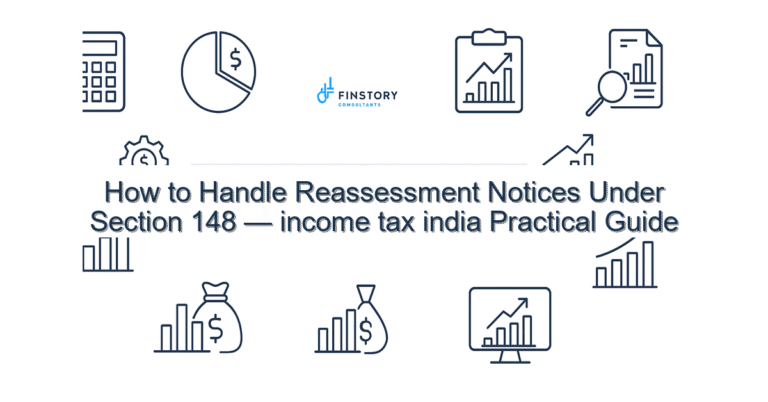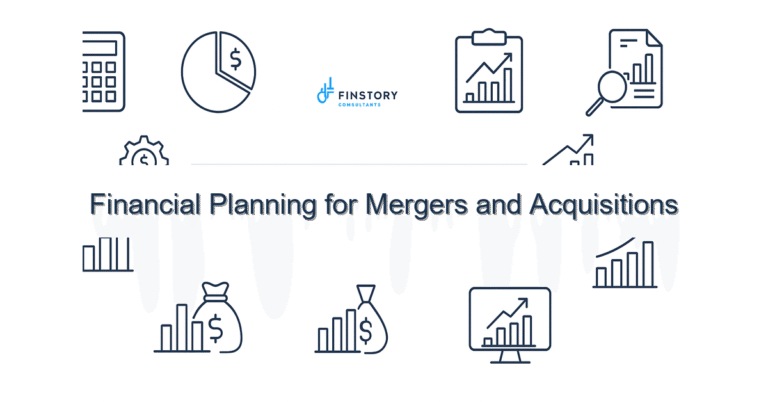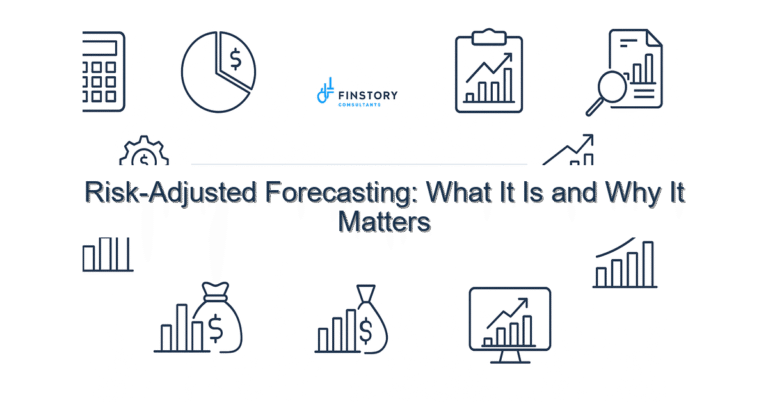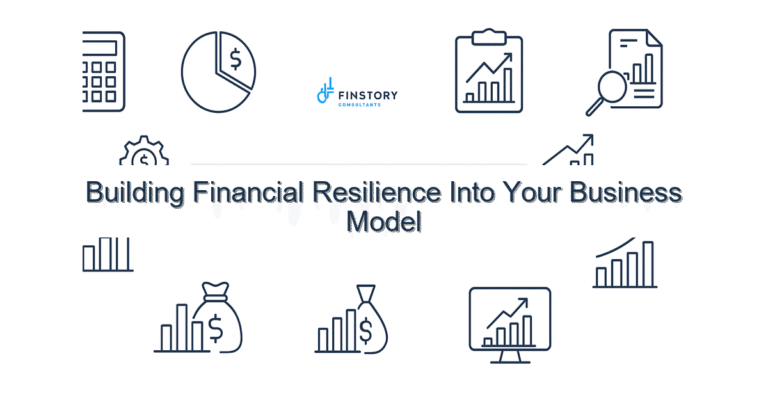Creating a 13-Week Cash Flow Forecast: Step-by-Step Guide
Picture this: it’s Friday afternoon, and you’re trying to figure out if you’ll have enough cash to make payroll in three weeks.
Not exactly the relaxing end to your week you were hoping for, right?
One of the best ways to ditch that stress is with a 13-week cash flow forecast. It’s a simple but powerful tool that helps you look ahead and avoid surprises. Whether you’re growing fast, feeling cash tight, or just want more control over your finances, this forecast is your secret weapon.
Let’s walk through exactly how to build one—even if spreadsheets aren’t your best friend.
Why 13 Weeks?
Thirteen weeks (roughly one quarter) strikes a perfect balance:
- It’s short enough to predict accurately.
- It’s long enough to spot cash gaps or shortfalls.
- It helps you plan for seasonal ups and downs.
Banks, investors, and CFOs love this timeframe because it’s actionable. You’re not just staring at year-end projections—you’re managing cash week by week.
Example: A Retailer’s Surprise Shortfall
Consider Sarah, who owns a boutique retail shop.
In Q4, she makes big inventory purchases for holiday sales. On paper, profits look great. But in January, cash dries up because customer payments slow and bills from December come due.
A 13-week cash flow forecast would’ve shown that January dip, allowing Sarah to plan ahead—perhaps delaying some expenses or securing a short-term line of credit.
How to Build Your 13-Week Cash Flow Forecast
Here’s how to get started, step by step:
1. Start With Your Beginning Cash Balance
Look at the cash in your bank account right now. That’s your starting point for Week 1.
Tip: Always use real bank balances, not what your accounting software says. They don’t always match!
2. Estimate Cash Inflows Each Week
Forecast all money you expect to come in, such as:
- Customer payments
- Loan proceeds
- Tax refunds
- Other income
For customer payments, look at:
- Invoices already sent and their expected payment dates
- Your average collection times (e.g. 30 days, 60 days)
Example:
- $10,000 from invoices due next week
- $5,000 recurring revenue every Friday
3. List Out All Cash Outflows
Track every dollar going out, including:
- Payroll
- Rent and utilities
- Supplier payments
- Loan repayments
- Taxes
- Insurance premiums
- Owner draws
Don’t forget quarterly or annual expenses that might hit during your 13 weeks!
Example:
- Payroll every other Friday: $12,000
- Monthly rent on the 1st: $3,500
- Insurance premium in Week 8: $4,000
4. Calculate Weekly Net Cash Flow
For each week:
Net Cash Flow = Cash Inflows – Cash Outflows
A positive number = cash surplus.
A negative number = cash shortfall.
5. Update Your Cash Balance
Your new cash balance at the end of each week becomes the starting cash for the next week.
6. Review and Adjust Weekly
Your forecast will never be perfect. That’s okay! Update it weekly with:
- Actual cash in and out
- New customer payments or delays
- Unexpected costs
The power of a rolling forecast is how it adapts. You’re never flying blind.
Another Example: A Marketing Agency
Raj runs a small marketing agency. He forecasts:
- $40,000 in client payments over the next 6 weeks
- Payroll every two weeks of $15,000
- Software subscriptions of $1,000 monthly
- A $10,000 tax payment due in Week 10
His forecast shows that while he’s fine for eight weeks, he’ll hit a cash crunch in Weeks 9-10 unless he either speeds up collections or delays some costs.
Because he saw it coming early, Raj renegotiated payment terms with a client and avoided panic borrowing.
How a Virtual CFO Can Help
A 13-week forecast might feel intimidating if you’ve never built one before. That’s where a Virtual CFO (VCFO) comes in handy. A VCFO can help you:
- Build and maintain your forecast
- Spot cash shortfalls before they happen
- Create strategies for faster collections or financing
- Bring peace of mind so you can focus on running your business
Takeaway: Know Before You Owe
A 13-week cash flow forecast doesn’t eliminate financial surprises—but it shrinks them down to manageable size.
Instead of guessing whether you’ll have cash for payroll or vendor bills, you’ll have clarity week by week. And that’s a huge win for any business owner.
Curious about building your first forecast—or improving the one you’ve got? Let’s talk. A little planning today can save you a lot of sleepless nights tomorrow.






